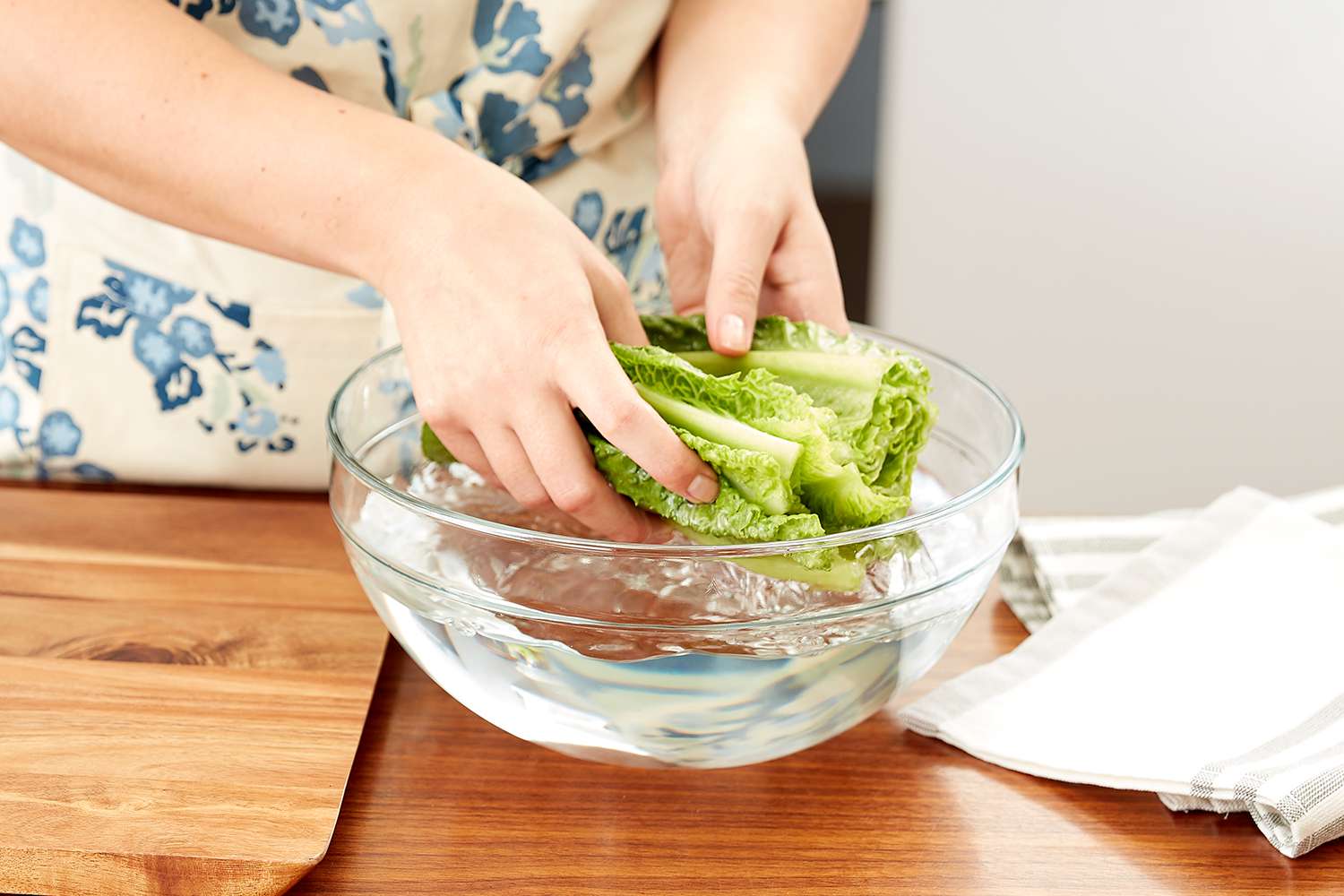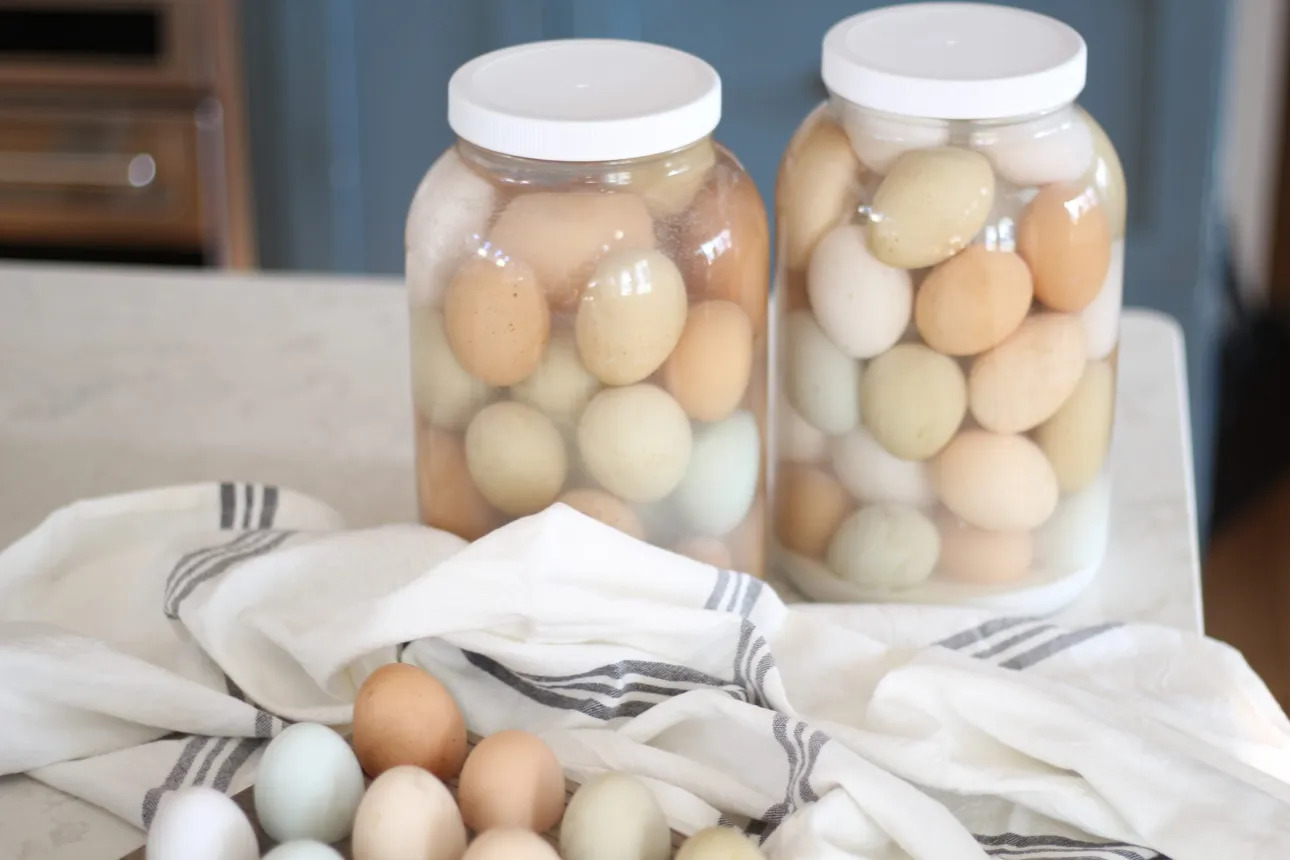

Articles
How To Store Fresh Ravioli
Modified: December 7, 2023
Learn the best tips and techniques for storing fresh ravioli to maintain their flavor and texture. Discover expert advice in our informative articles.
(Many of the links in this article redirect to a specific reviewed product. Your purchase of these products through affiliate links helps to generate commission for Storables.com, at no extra cost. Learn more)
Introduction
Fresh ravioli is a delightful pasta dish that combines the rich flavors of the filling with the delicate texture of the pasta. Whether you’ve made it from scratch or purchased it from a store or a local market, proper storage is essential to maintain its freshness and taste. Knowing how to store fresh ravioli can help you prolong its shelf life and ensure that it remains just as delicious as the day it was made.
When it comes to storing fresh ravioli, there are a few key factors to consider: packaging, refrigeration, and freezing. By following the right techniques and guidelines, you can keep your ravioli fresh for longer periods, allowing you to enjoy this flavorful dish whenever you like.
So, how do you go about storing fresh ravioli properly? Let’s dive into the details.
Key Takeaways:
- Proper storage of fresh ravioli is crucial for preserving its flavor and texture. Choose airtight packaging, refrigerate promptly, and freeze when necessary to extend its shelf life and enjoy delicious pasta meals at your convenience.
- When handling frozen ravioli, there’s no need to thaw before cooking. Boil, bake, or fry directly from frozen for a quick and satisfying meal. Follow specific cooking instructions for best results and savor the delightful flavors of ravioli.
Read more: How To Store Homemade Ravioli
Choosing the Right Packaging
When it comes to storing fresh ravioli, the packaging plays a crucial role in preserving its taste and texture. The packaging you choose should provide a protective barrier against moisture and air, preventing the ravioli from drying out or becoming soggy.
One option is to use the original packaging that the ravioli came in if it is well-sealed and suitable for storage. Many store-bought ravioli brands come in vacuum-sealed packs or sealed containers, which are designed to keep the ravioli fresh for an extended period.
If the original packaging is not ideal for storage or if you’ve made homemade ravioli, you can consider transferring them to a more suitable container. Choose an airtight container that is either made of glass or plastic, with a secure lid that forms a tight seal. This will prevent any air from entering and keep the ravioli fresh for longer.
If you opt for plastic containers, make sure they are food-grade and BPA-free. These containers are freezer-safe and will not leach any harmful substances into the ravioli.
Alternatively, you can also use resealable freezer bags. These bags are convenient and space-saving, as they can be stacked easily and take up less space in your refrigerator or freezer. Make sure to remove as much air as possible from the bag before sealing it.
Remember, the key is to choose a packaging method that provides an airtight and moisture-proof seal to maintain the quality and freshness of the ravioli.
Proper Refrigeration
Refrigeration is essential for keeping your fresh ravioli safe and preserving its quality. When properly refrigerated, ravioli can last for up to five days while maintaining its taste and texture.
Here are some guidelines for properly refrigerating fresh ravioli:
- Immediately after purchasing or making the ravioli, transfer it to the refrigerator. This will help maintain its freshness and prevent any bacterial growth.
- Store the ravioli in the coldest part of your refrigerator, such as the bottom shelf or the back, where the temperature is most stable. Avoid placing it near the door or in areas where temperature fluctuations are common.
- Keep the ravioli in its original packaging or transfer it to an airtight container. Ensure that the container is sealed tightly to prevent any air or moisture from getting in.
- If using a container, make sure to label it with the date of storage. This will help you keep track of its freshness and ensure you use it within the recommended timeline.
- Avoid storing the ravioli next to strong-smelling foods, as they can absorb odors easily.
- Do not leave the ravioli out at room temperature for an extended period. Always return it to the refrigerator promptly.
By following these guidelines, you can ensure that your fresh ravioli stays safe to consume and maintains its flavor and texture for longer.
Freezing Fresh Ravioli
Freezing fresh ravioli is a great option if you want to extend its shelf life beyond a few days. When frozen properly, ravioli can maintain its quality for up to three months. Here’s how to freeze fresh ravioli:
- Flash-freezing: If you have made or purchased fresh ravioli, it’s a good idea to flash-freeze it before storing it in the freezer. Lay the ravioli in a single layer on a baking sheet lined with parchment paper. Make sure they are not touching each other. Place the baking sheet in the freezer for about an hour or until the ravioli is firm to the touch.
- Packaging: Once the ravioli is flash-frozen, transfer it to an airtight container or resealable freezer bags. Remove as much air as possible from the packaging before sealing it. Try to pack similar-sized ravioli together to avoid any breakage.
- Labeling: Don’t forget to label the packaging with the date of freezing.
- Freezer placement: Store the frozen ravioli in the coldest part of your freezer, such as the back. Avoid placing it near the freezer door, as it is prone to temperature fluctuations.
When it comes time to use the frozen ravioli, there’s no need to thaw it before cooking. You can directly cook it from frozen. However, make sure to adjust the cooking time accordingly to ensure the ravioli is cooked through.
By following these steps, you can have a stash of frozen ravioli ready to use whenever you have a craving or need a quick and convenient meal option.
Store fresh ravioli in the refrigerator in its original packaging or a sealed container for up to 2 days. Alternatively, freeze it on a baking sheet, then transfer to a freezer bag for up to 2 months.
Storage Tips and Guidelines
To ensure the best quality and taste of your stored ravioli, here are some additional storage tips and guidelines:
- Rotation: Practice a “first in, first out” approach by using the oldest ravioli in your stockpile first. This will help prevent any ravioli from being forgotten and going bad.
- Frozen ravioli portions: If you prefer to freeze ravioli in individual portions, separate them with parchment paper or plastic wrap before placing them in a freezer bag or container. This way, you can easily thaw and cook the desired amount without having to thaw the entire batch.
- Avoid refreezing: Once you thaw frozen ravioli, it’s best to consume it within a day or two. Refreezing may affect the texture and quality of the pasta.
- Quality check: Before cooking or serving refrigerated or frozen ravioli, visually inspect it for any signs of spoilage, such as discoloration, foul odor, or an off texture. If you notice any of these signs, it’s best to discard the ravioli.
- Cooking methods: When cooking refrigerated or frozen ravioli, follow the instructions on the packaging or adjust cooking times accordingly. Overcooking can result in mushy ravioli, while undercooking can leave it chewy and raw in the center.
- Sauce storage: If you have leftover ravioli sauce, store it separately from the pasta. This will prevent the sauce from making the ravioli soggy. Store the sauce in a separate airtight container and refrigerate or freeze it as needed.
- Regularly clean your refrigerator and freezer: Regularly cleaning your refrigerator and freezer helps prevent the accumulation of odors that can transfer to your stored ravioli.
By following these storage tips and guidelines, you can ensure that your fresh or frozen ravioli stays in prime condition and ready to be enjoyed whenever you desire a delicious pasta meal.
Read more: How To Store Fresh Lavender
Handling and Preparing Frozen Ravioli
If you have frozen ravioli that you’d like to prepare, it’s important to handle and cook it correctly to ensure the best taste and texture. Here are some guidelines for handling and preparing frozen ravioli:
- Do not thaw: When cooking frozen ravioli, there’s no need to thaw it beforehand. Cooking it from frozen helps it retain its shape and prevents it from becoming mushy.
- Cooking methods: Frozen ravioli can be cooked using various methods, such as boiling, baking, or frying. The cooking method you choose depends on personal preference and the recipe you’re following.
- Boiling: To boil frozen ravioli, bring a pot of salted water to a boil. Carefully drop in the frozen ravioli, being cautious not to overcrowd the pot. Cook it according to the instructions on the package or until the ravioli floats to the top and is cooked through. Drain gently to avoid breaking the pasta.
- Baking: Baking frozen ravioli creates a crispy, golden texture. Preheat your oven to the specified temperature on the package or around 375°F (190°C). Arrange the frozen ravioli in a single layer on a baking sheet. Drizzle with olive oil or melted butter and sprinkle with grated cheese, herbs, or breadcrumbs, if desired. Bake for the recommended time or until the ravioli is cooked and the topping is golden and crispy.
- Frying: Fried frozen ravioli makes for a crispy appetizer or snack. Heat oil in a deep skillet or pot to around 350°F (175°C). Drop a few frozen ravioli into the hot oil and fry on each side for about 2-3 minutes or until they are golden brown and crispy. Remove them with a slotted spoon and drain on a paper towel before serving.
- Serving suggestions: Once your frozen ravioli is cooked, you can serve it with your favorite sauce, such as marinara, Alfredo, pesto, or brown butter sauce. Add some freshly grated cheese and chopped herbs for an extra burst of flavor.
Remember to follow the specific cooking instructions provided on the package of your frozen ravioli for the best results. With proper handling and preparation, your frozen ravioli will transform into a delicious and satisfying meal.
Conclusion
Properly storing fresh ravioli is essential to preserve its flavor, texture, and quality. By choosing the right packaging, refrigerating it correctly, and freezing it when needed, you can prolong the shelf life of your ravioli and enjoy it at your convenience.
When selecting the packaging, opt for airtight containers or resealable freezer bags to protect the ravioli from moisture and air. This will keep it fresh for an extended period. Refrigeration should be done promptly in the coldest part of your refrigerator, and careful attention should be given to avoid temperature fluctuations.
If you have excess ravioli or want to keep it for longer storage, freezing is a great option. Flash-freeze the ravioli before transferring it to a freezer-safe container or bag. Properly labeled and stored in the coldest part of the freezer, it can maintain its quality for up to three months.
When handling frozen ravioli, there’s no need to thaw it before cooking. It can be boiled, baked, or fried directly from frozen, depending on your preference and the recipe you’re following. Make sure to follow the cooking instructions provided on the packaging for the best results.
By following these storage tips and guidelines, you can ensure that your fresh or frozen ravioli stays delicious and ready to be enjoyed whenever you’re in the mood for a delightful pasta dish. So, don’t hesitate to stock up on ravioli and savor its flavors whenever the craving strikes!
Frequently Asked Questions about How To Store Fresh Ravioli
Was this page helpful?
At Storables.com, we guarantee accurate and reliable information. Our content, validated by Expert Board Contributors, is crafted following stringent Editorial Policies. We're committed to providing you with well-researched, expert-backed insights for all your informational needs.















0 thoughts on “How To Store Fresh Ravioli”